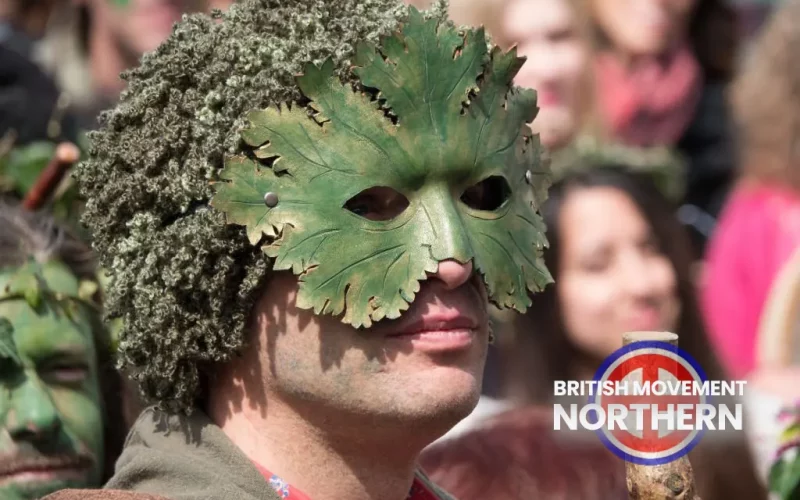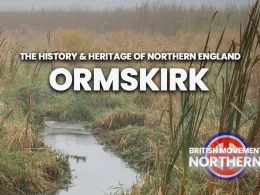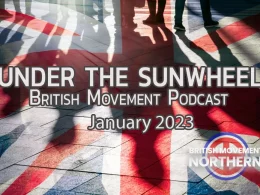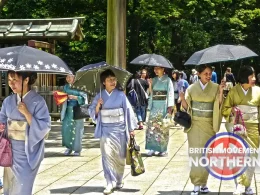The Festival of Beltane falls about halfway between the spring equinox (Ostara) and the coming summer solstice, Litha. It celebrates spring at its peak and the coming summer. Beltane is associated very strongly with fertility and is celebrated today by the name May Day.
This festival is often commemorated with bonfires, maypoles, dancing, and performing fertility rituals. Beltane is a Celtic word, meaning ‘the fires of Bel.’ Bel probably referred to the Celtic sun god, Belenus. The Celts used to light two bonfires because they believed it would purify themselves, as well as increase their fertility. They would pass cattle between the two fires, with the belief that it would purify the cattle, and ensure the fertility of the herd. Although this is not a ritual that is practiced now, many still light bonfires and practice fertility rituals on this day.
Traditionalists celebrate Beltane in a variety of ways. One way to celebrate is with a maypole. In this custom, a pole is placed in a field with ribbons attached. Each person (usually women and girls) will grab hold of their own ribbon, and dance around the pole in a special sequence, so as to weave the ribbons into a specific pattern.
This is one of the more common fertility rituals that might take place on the day. Females might also weave flowers into their hair, or create a floral wreath to wear upon their head as a celebration of spring.
Up until the late 1960’s Maypole dancing was on the school curriculum in England. Two factors seemed to have led to the demise of this ancient tradition, multi-culturalism and the growing influence of the left in education. Anything that gave our people a continuity and connection with our ancestors was deemed a threat to the new world that they wished to create.
In the middle of the village of Barwick-in-Elmet, now part of the urban sprawl of Leeds, proudly stands one of Britain’s tallest maypoles. At nearly 90 feet, it’s the focal point in the centre of the village. The maypole’s origins and traditions go back to sometime during the fourth and fifth century when Barwick was at the centre of the Kingdom of Elmet.
On the Barwick-in-Elmet Maypole Trust FB page, the organisation states ‘for centuries, the maypole has been lowered every three years at Easter, for repairs and re-painting, before being raised again in May, accompanied by traditional maypole dancing by local school children, the crowning of a Maypole Queen and a procession through the village.’
Traditionally the maypole was lowered and raised using man-power and ropes, unfortunately the health and safety killjoys deemed this centuries-old tradition to be too dangerous, and ordered that it can only be done by crane.
This year the Barwick-in-Elmet Maypole Festival will be held on the Spring Bank Holiday, Thursday 2nd June, 2022. All are welcome.
Political Traditions
The Marxists regard May Day as a worker’s day and in Germany during the 20’s and early 30’s led to violent street clashes between the National Socialists and Communists. After coming to power, the NSDAP made May 1 a bank holiday, a tradition that continues to this day. In modern-day Germany, May Day is still accompanied by clashes between National Socialists and the left/anarchists.
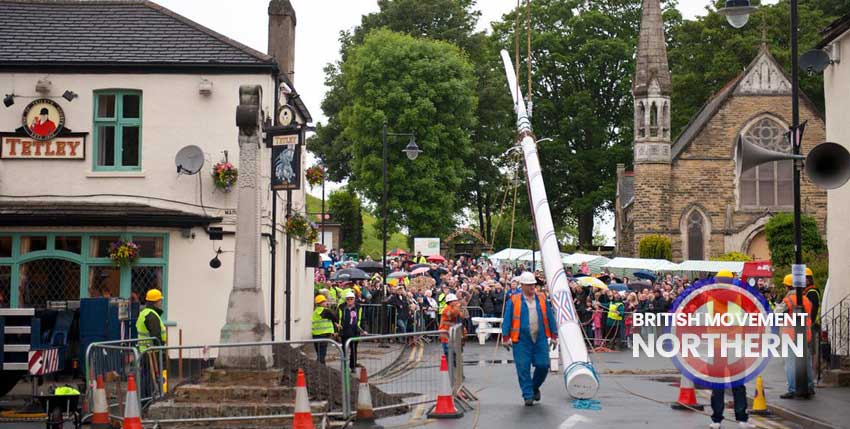
The British Movement would love to receive articles for possible inclusion on this site from members and supporters across the North of England. Please remember that we have to operate within the laws of this country – we will not include any content that is against the current laws of the United Kingdom. News reports should be topical and be relevant to the regions covered by this website.






